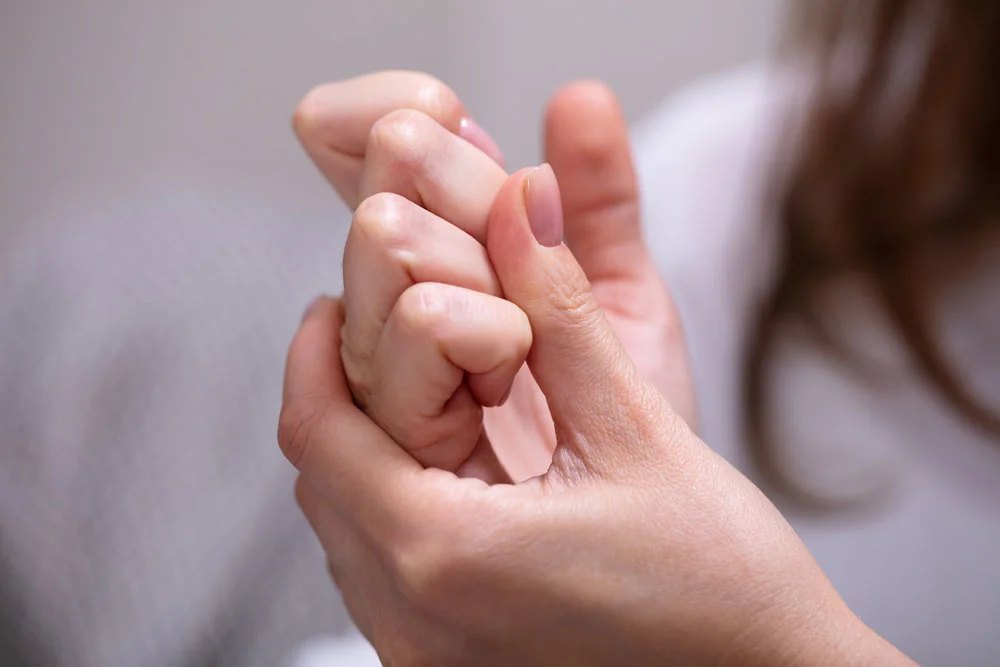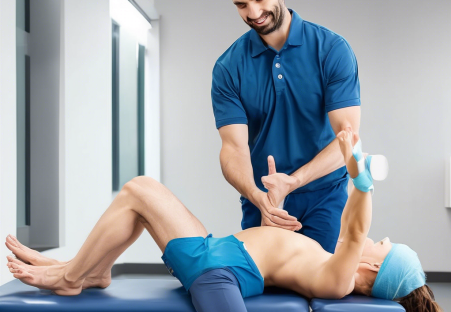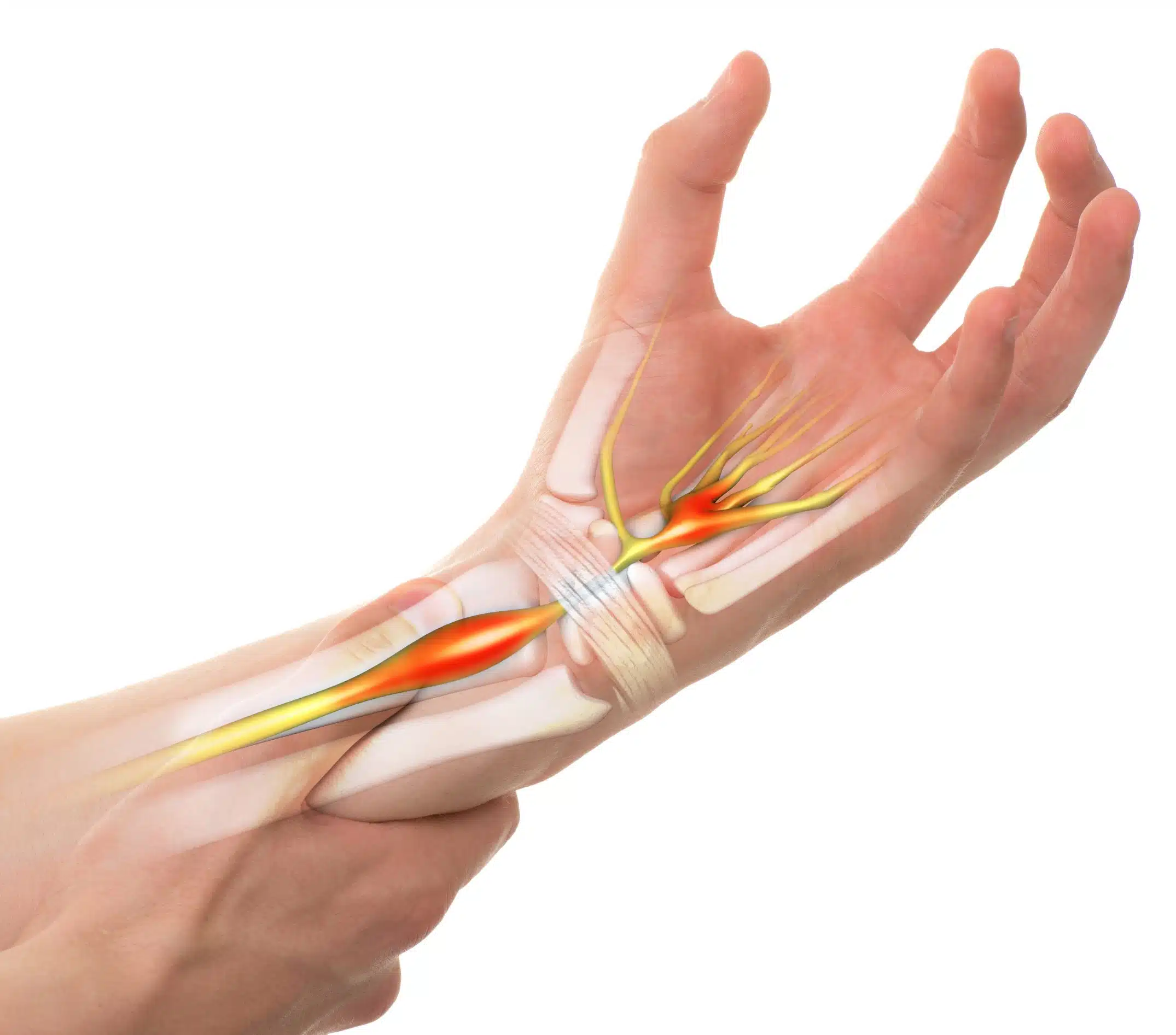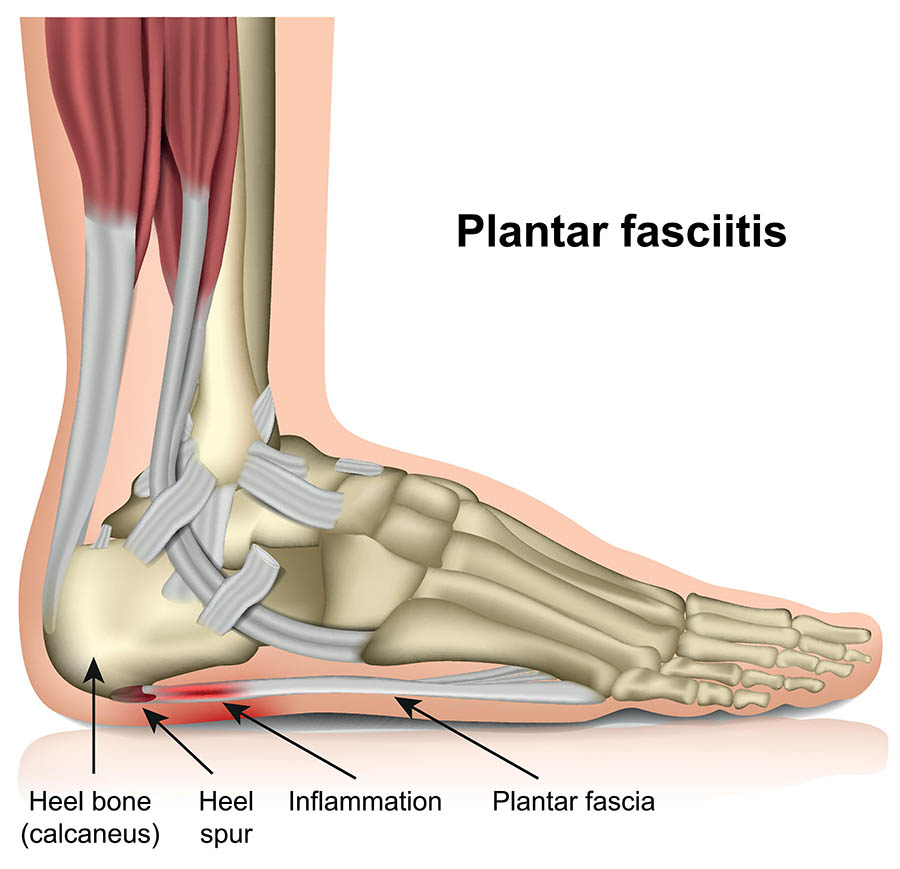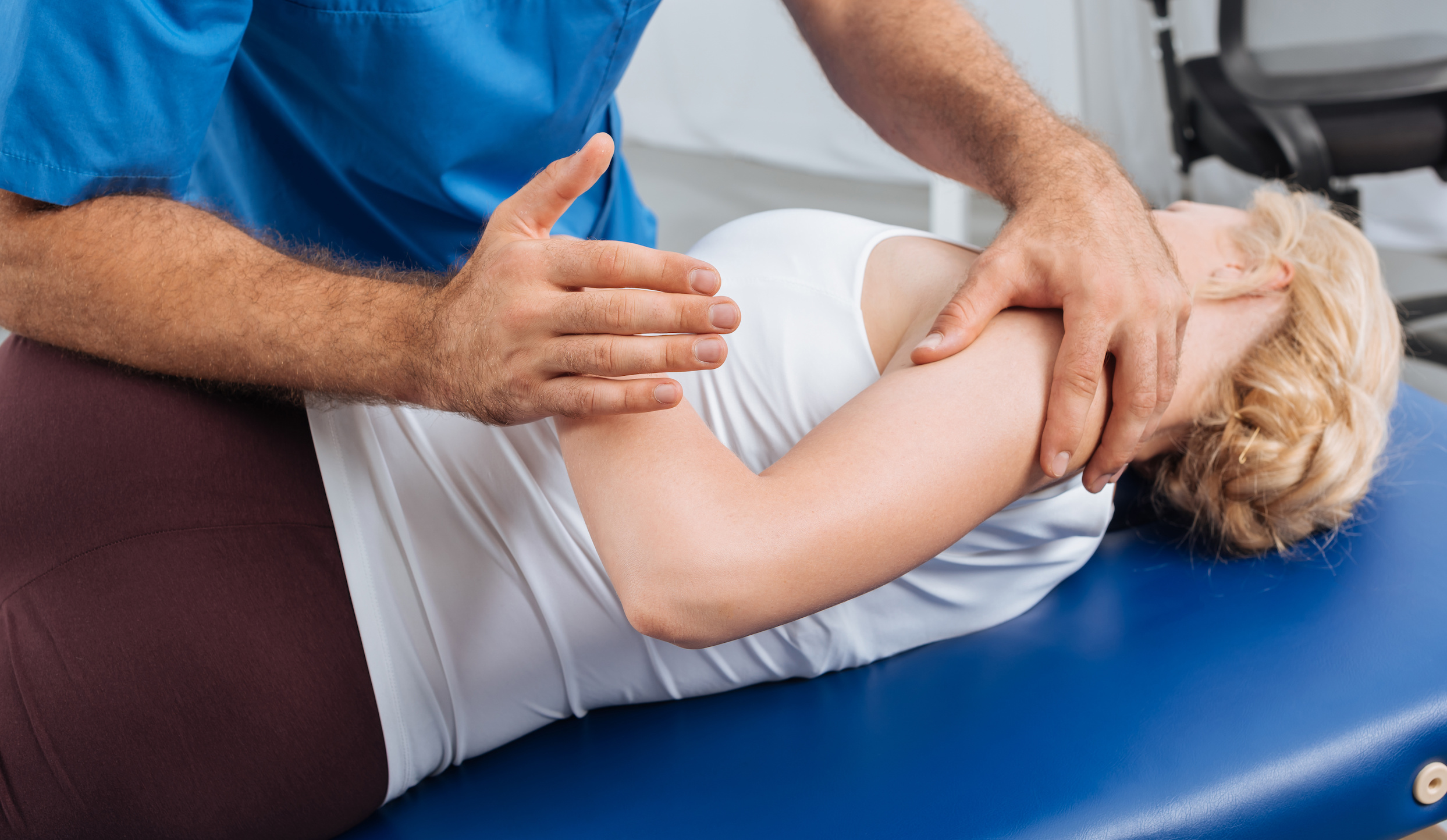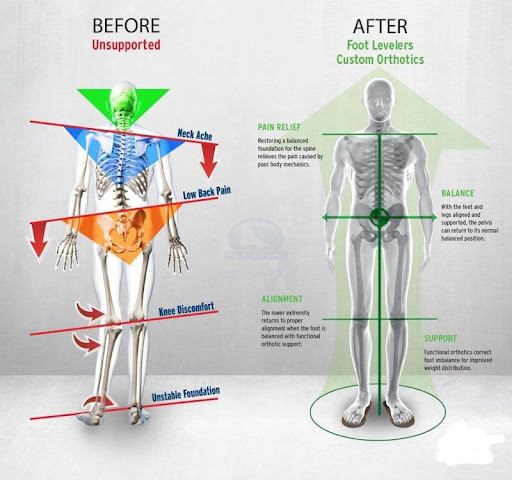Exploring the Role of Shockwave Therapy in Sports Injury Rehabilitation at Cloverdale Rehabilitation Clinic Etobicoke
Uncategorized
- by avantic
- 7 Min Read
- February 28, 2024
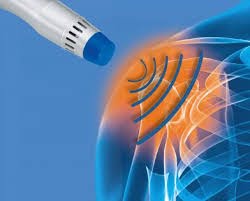
How Shockwave Therapy Works
Shockwave therapy is a non-invasive, drug-free treatment that has gained popularity in sports injury rehabilitation. This advanced therapy uses high-energy sound waves to stimulate the body’s natural healing response, reducing pain, inflammation, and promoting tissue regeneration.
During a session, a handheld device delivers shockwaves deep into the affected tissues. This process boosts blood circulation and metabolism, ensuring oxygen and essential nutrients reach the injured area for faster healing. Additionally, shockwave therapy triggers the release of endorphins—natural pain relievers—helping alleviate discomfort. It also breaks down scar tissue and calcifications, improving mobility and function.
Benefits of Shockwave Therapy in Sports Injury Rehabilitation
- Non-invasive & Safe – No surgery or injections, minimizing risks and downtime.
- Drug-Free Treatment – Ideal for athletes looking to avoid pain medication side effects.
- Quick & Efficient – Sessions last just 15-20 minutes, with noticeable results in a few treatments.
- Versatile & Effective – Treats various injuries, including plantar fasciitis, tendinitis, and muscle strains.
Overall, shockwave therapy offers a range of benefits in sports injury rehabilitation, including non-invasiveness, drug-free treatment, time efficiency, and versatility in treating various injuries.
Common Sports Injuries Treated with Shockwave Therapy
Shockwave therapy has shown promising results in treating various sports injuries. Let’s take a look at some common injuries that can benefit from shockwave therapy.
- Plantar Fasciitis – Reduces inflammation and promotes tissue healing in the foot’s arch.
- Tendinitis – Alleviates tendon inflammation caused by repetitive motion or overuse.
- Muscle Strains – Enhances recovery by increasing blood flow and reducing pain.
- Golfer’s & Tennis Elbow – Eases elbow tendon inflammation and restores function.
- Shin Splints – Stimulates blood circulation to accelerate healing and prevent further injury.
These are just a few examples of sports injuries that can benefit from shockwave therapy. The versatility of this treatment makes it a valuable tool in the rehabilitation process for athletes.
The Role of Shockwave Therapy in the Recovery Process
At Cloverdale Rehabilitation Clinic, our expert therapists integrate shockwave therapy into customized treatment plans for optimal recovery. Whether used alone or alongside physiotherapy and rehabilitation exercises, this therapy accelerates healing and restores mobility.
Beyond physical benefits, shockwave therapy helps athletes regain confidence by reducing pain and improving function, allowing them to return to their sport stronger and sooner.
Real Success Stories: Athletes Who Recovered with Shockwave Therapy
- John’s Plantar Fasciitis Recovery – An avid runner, John overcame severe heel pain through a combination of shockwave therapy and physiotherapy, allowing him to complete a marathon pain-free.
- Sara’s Tennis Elbow Relief – A professional tennis player regained strength and flexibility after shockwave therapy helped ease chronic elbow pain, leading to her best tournament performance.
- Mike’s Muscle Strain Recovery – A soccer player suffering from a thigh strain returned to the field without limitations after undergoing shockwave therapy and a structured rehabilitation program.
Shockwave Therapy at Cloverdale Rehabilitation Clinic Etobicoke
At Cloverdale Rehabilitation Clinic, we prioritize cutting-edge treatments like shockwave therapy to help athletes recover faster. Our state-of-the-art shockwave therapy devices ensure safe and effective treatment, tailored to each patient’s needs.
What to Expect During a Session
- Initial Assessment – A therapist evaluates the injury and creates a personalized treatment plan.
- Preparation – The treatment area is prepped, and a conductive gel is applied.
- Application of Shockwaves – High-energy sound waves are delivered to the affected area.
- Monitoring & Adjustments – The intensity is customized based on the patient’s response.
- Post-Treatment Care – Patients receive guidance on aftercare and recommended exercises.
- Follow-Up Sessions – Multiple treatments may be required for full recovery.
Complementary Therapies for Enhanced Recovery
While shockwave therapy is a powerful treatment, it is often combined with other rehabilitation techniques for enhanced results. At Cloverdale Rehabilitation Clinic, we offer a comprehensive approach to sports injury rehabilitation, incorporating various techniques based on each athlete’s needs. Some of the other rehabilitation techniques we may use alongside shockwave therapy include:
- Physiotherapy: Focuses on restoring movement, flexibility, and strength through targeted exercises and manual therapy.
- Exercise rehabilitation: Includes strength-building and flexibility exercises designed to accelerate recovery and prevent future injuries.
- Manual therapy: Techniques such as joint mobilization and soft tissue manipulation improve function and relieve pain.
- Sport-specific training: Tailored drills and exercises help athletes regain their performance skills safely and efficiently.
- Bracing and taping: Provides additional support and stability to injured areas during recovery.
By combining shockwave therapy with these rehabilitation techniques, we can create a comprehensive treatment plan that addresses the athlete’s specific needs and goals. Our therapists will work closely with each athlete to ensure they receive the most effective and personalized care.
The Future of Shockwave Therapy in Sports Medicine
With ongoing advancements in research and technology, shockwave therapy continues to revolutionize sports injury rehabilitation. At Cloverdale Rehabilitation Clinic, we are committed to offering cutting-edge treatments to help athletes recover quickly and safely.
Book a Consultation Today!
Discover how shockwave therapy can help you recover faster and return to peak performance. Contact Cloverdale Rehabilitation Clinic in Etobicoke to schedule an appointment.
Read similar blogs:
- What Are Orthotics?
- How Acupuncture and Traditional Chinese Medicine Work Together
- Healthy Habits for Spine Health at Work and Home


